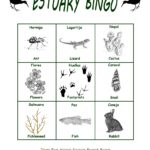
Recursos digitales para el aprendizaje desde casa
Tijuana River National Estuarine Research Reserve is excited to bring to students, parents, and teachers a variety of remote learning opportunities to learn more about the Tijuana Estuary and other coastal wetlands.
California State Parks PORTS program is currently offering a large variety of new Home Learning Programs and On-Demand Programs to invite K-12 students into California State Parks from the comfort of their homes. Please visit their Facebook page for a list of upcoming events and to register for one of these exciting programs.
Check out the Tijuana Estuary On-Demand PORTS programs for students 3rd-12th grade.
Grades K – 3rd
| Students participate in an Estuary Bingo Scavenger Hunt to find a variety of terrestrial and aquatic native plants and animals. Bingo sheets have both English and Spanish text.
|
|
 |
Sing along with 2nd graders to a water song sing-along! |
Grades 4 – 6th
| Wetland Neighbors is a booklet designed to help the learner understand why wetlands of the Californias are so important for people, plants, and animals. Disponible en español. | |
| With NOAA’s Data in the Classroom, students use real-time ocean data to explore today’s most pressing environmental issues. Activities consists of five, self-led modules about interpreting data. Appropriate level in each module: Level 1 |
Grades 6 – 12th
 |
Watch a short video defining estuaries and take an estuary knowledge quiz
|
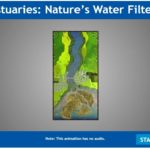 |
Watch an animation about how estuaries filter runoff from land.
|
 |
Survival in an Estuary instructs students to investigate the range of conditions that selected animal and plant species need to survive in an estuary.
|
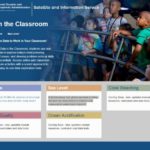 |
With NOAA’s Data in the Classroom, students use real-time ocean data to explore today’s most pressing environmental issues. Activities consists of five, self-led modules about interpreting data. Appropriate level in each module: Levels 1-5 |
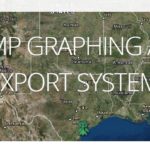 |
Scenarios of past weather events are described and students can look up the water and weather monitoring stations during that time period and see how these parameters are affected by changing conditions. |
 |
NOAA’s Estuary Video Gallery contains 29 videos that cover a variety of topics from around the National Estuarine Research Reserve System.
|
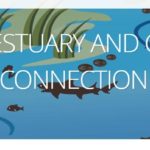 |
Climate Change Interactive helps students to understand why and how climate change is impacting estuaries, as well as ways students can help reduce the impacts of climate change. |
 | Students who attend the virtual field trip, Detecting a Changing Climate at Tijuana Estuary, can engage a little deeper through this Flipgrid topic. |

